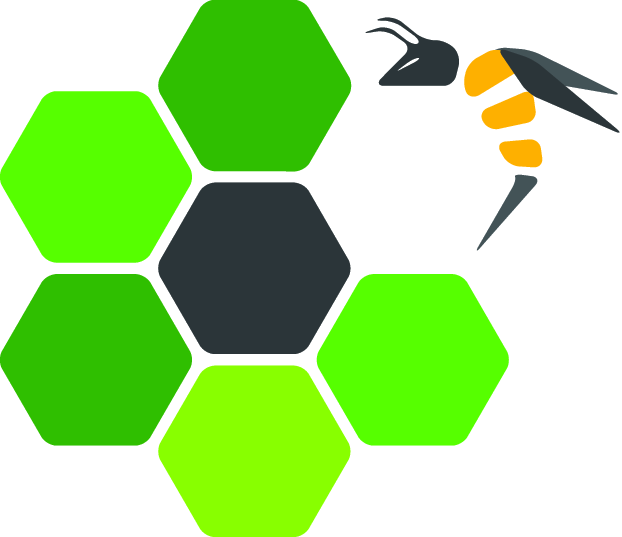
Igor
Crash deduplication through root-cause clustering
Fuzzing has emerged as the most effective bug-finding technique. The output of a fuzzer is a set of proof-of-concept (PoC) test cases for all observed “unique” crashes. It costs developers substantial efforts to analyze each crashing test case. This, mostly manual, process has lead to the number of reported crashes out-pacing the number of bug fixes. Igor is a tool for automated crash grouping/deduplication.
Fuzzing
- Technical
- Research papers
- Source code: Lab GitHub
- Last commit: 2022-08-02
Our research focuses on software and systems security. Despite efforts and improvements in bug discovery techniques, some exploitable vulnerabilities will remain. We target techniques that both enable developers to discover and remove bugs and make programs resilient against the exploitation of unknown or unpatched vulnerabilities.
All prototypes are released as open-source.
- To discover bugs we propose (i) sanitization techniques that enforce a security property such as memory or type safety; given concrete program input, our sanitizers then flag any property violations (ii) fuzzing techniques that leverage static and dynamic analysis to create program inputs to explore program areas that are not yet covered through existing test cases.
- To protect against exploitable vulnerabilities, we focus on control-flow integrity using specific language semantics, enforcing type integrity, and protecting selective data. Under this premise, we focus on compiler-based, runtime-based, and language-based protection mechanisms and security policies that increase the resilience of applications against attacks (in the presence of software vulnerabilities).
All prototypes are released as open-source.
This page was last edited on 2024-04-12.
This page was last edited on 2024-04-12.
